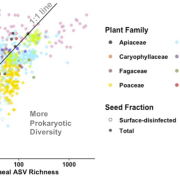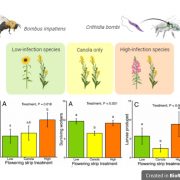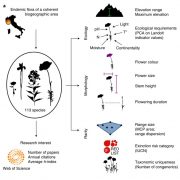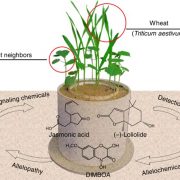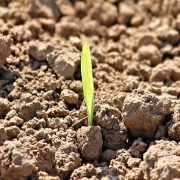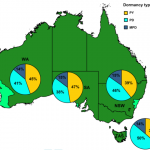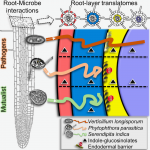The seed germination spectrum of alpine plants ($) (New Phytol.)

Alpine ecosystems include all the environments found above the treeline, the maximum elevation where trees can grow. These environments are known for their low temperatures, unstable substrates, and short growing seasons. However, while germination studies in this ecosystem can be traced back to the 1930s, our knowledge about its germination ecology remains scattered in multiple individual studies. In this meta-analysis, Fernández-Pascual and colleagues use a database of 661 species from 8 alpine regions of the world to assess the effect of light, temperature, and dormancy-breaking cues on the germination of non-tropical alpine species. Most species had dormant seeds, and physiological dormancy was the most common dormancy class. Accordingly, cold stratification, gibberellic acid, and –to a lesser extent– scarification promoted germination. Additionally, average temperatures, alternate daily temperatures, and light positively affected germination, suggesting most alpine species require warm temperatures to germinate. Interestingly, seed morphology shaped seed responses to environmental variables; heavier seeds with larger embryos are less responsive to temperature increase. Given this exhaustive overview, this paper is an obligate reading for everyone interested in alpine seed ecology. (Summary by Carlos A. Ordóñez-Parra @caordonezparra) New Phytol. 10.1111/nph.17086


